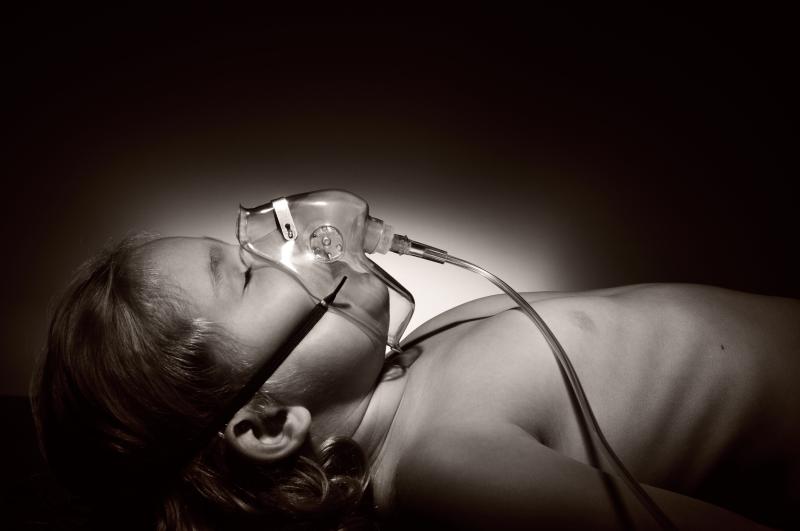
Hospital-acquired and ventilator-associated bacterial pneumonias (HABP/VABP), as defined by the US Food and Drug Administration (FDA), occur in 10–12 percent of paediatric patients admitted to intensive care units (ICUs), with risk factors varying by age group, a study has found.
Of the 862 neonates, infants, and children included in the analysis, 103 (12 percent) developed HABP/VABP, and 82 (10 percent) of 800 patients receiving respiratory support also did.
The following factors were associated with higher odds of HABP/VABP: increasing age, shorter height/length, longer ICU length of stay, aspiration risk, blood product transfusion in the prior 7 days, and frequent suctioning. On the other hand, use of noninvasive ventilation and gastric acid suppression both correlated with a lower risk of HABP/VABP.
The authors of this study prospectively reviewed the electronic medical records of patients aged <18 years admitted to ICUs if they received qualifying respiratory support or were started on antibiotics for a lower respiratory tract infection or undifferentiated sepsis. They followed the participants until HABP/VABP was diagnosed or discharge from the ICU.
Structured chart review was used to abstract clinical, laboratory, and imaging data. HABP/VABP incidence was calculated, and risk factors associated with the development of HABP/VABP were identified using a stepwise backward selection multivariable model.
“Clinical trials for antibiotics designed to treat HABP/VABP are hampered by making these diagnoses in a way that is acceptable to the United States FDA and consistent with standards of care,” the authors said.